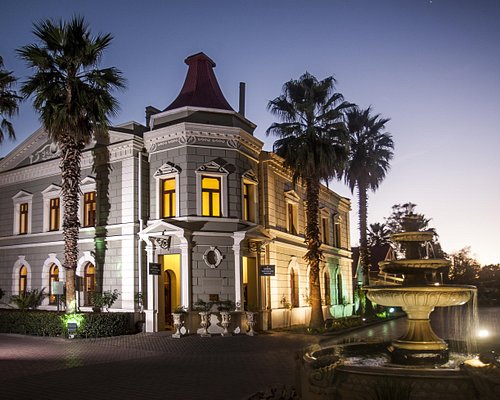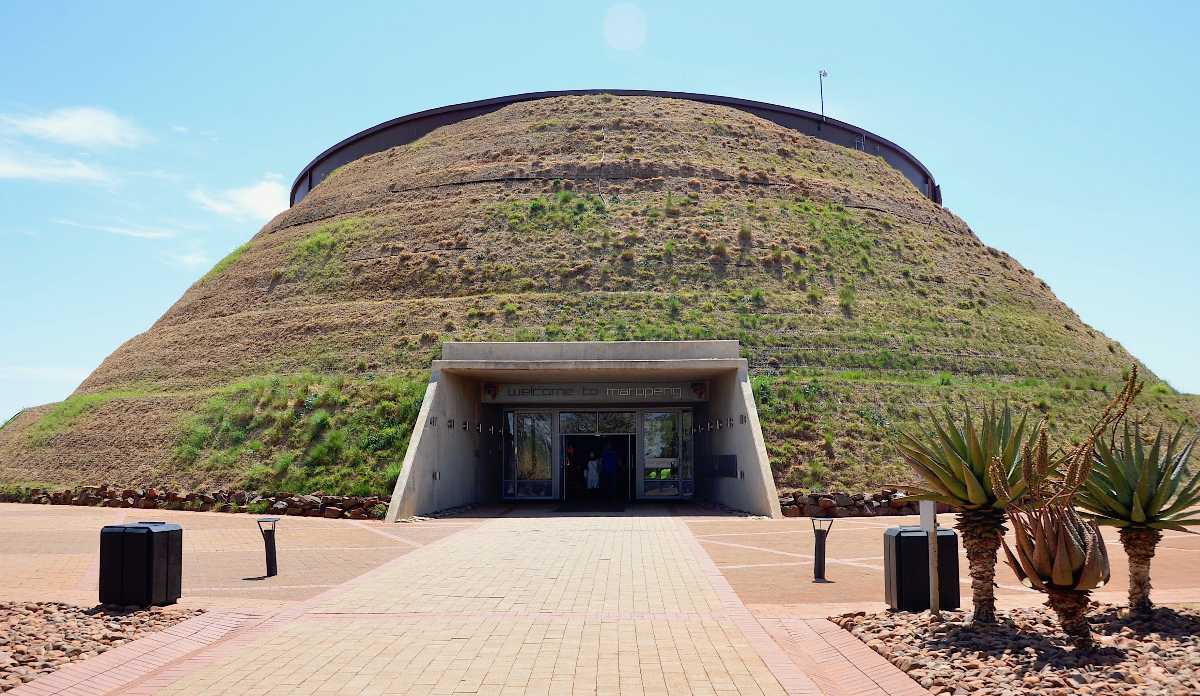An Unbiased View of Johannesburg North Attractions
Table of ContentsThe Basic Principles Of Johannesburg North Attractions Johannesburg North Attractions - QuestionsFacts About Johannesburg North Attractions UncoveredAn Unbiased View of Johannesburg North AttractionsThe Facts About Johannesburg North Attractions Revealed9 Easy Facts About Johannesburg North Attractions ShownThe Best Strategy To Use For Johannesburg North Attractions
Nevertheless you must keep safety and security in mind and travelers must remain alert in any way times when in unknown environments. Speak to the citizens when you remain in community to discover the location you are remaining in. Johannesburg North attractions. When on the street (this does not put on mall and various other secure settings) finest general advice is to attempt your best to appear like a local and to stay clear of presenting any kind of form of wide range
Not known Factual Statements About Johannesburg North Attractions
Professor Revil Mason O. J. (Thomson, 1946) discovered the Witwatersrand's pre-colonial history. His archaeological work took off the 'em pty land' misconception, according to which the region was devoid of human habitation prior to the arrival of European settlers. In his publications Prehistory of the Transvaal: A Record of Human Activity (1962) and Origins of Black Individuals of Johannesburg and the Southern Western Central Transvaal Advertisement 3501880 (1986 ), Professor Mason showed the degree of social and economic growth in the location before Europeans established foot here.

The Best Guide To Johannesburg North Attractions
He showed the federal government's permission, approved after he had testified maintain his discoveries secret. In 1874, small-scale mining operations were started in the Magaliesberg, where an Australian, Henry Lewis, had found gold deposits. In 1878, David Wardrop discovered gold in quartz veins at Zwartkop, north of Krugersdorp. In 1881, Stephanus Minnaar stumbled upon gold on the farm Kromdraai, near the Cradle of Humankind.
In March 1886, a protrusion (quickly to be called the Main Coral reef) was discovered, quite fortunately, on Gerhardus Oosthuizen's ranch Langlaagte. Some state that the Lancastrian coal miner George Walker uncovered this coral reef. An additional travelling English miner, George Harrison (that had previously functioned in Australian mines) gotten a prospecting licence in regard of Langlaagte in May 1886.
He determined to go on in a quest for greener pastures, and disposed of his Langlaagte insurance claim for the baronial amount of 10. Alas: underneath lay the richest goldfield ever before discovered. The discovery of this rich auriferous coral reef provoked a gold thrill that signalled the end of agrarian tranquillity in the southern Transvaal.
It would, within 6 years, come to be the biggest town in southerly Africa. Within a decade, it would certainly make the Z. A. R. up until after that an anarchical and bankrupt little state the richest country in Africa. By the turn of the century, the Z. A. R. was to go beyond Russia, Australia and the United States of America to end up being the globe's leading gold manufacturer, producing greater than a quarter of the world's gold.
The Ultimate Guide To Johannesburg North Attractions
It was called Ferreira's Camp, named after Colonel Ignatius Ferreira. He was a Boer traveler upon whom the British authorities had actually presented the condition of Companion of the Most Identified Order of St Michael and St George (entitling him to the post-nominal letters C. M. G.) in gratitude for his function in the battle that had actually deposed the Pedi king Sekhukhune in 1879.
2 various other camps were established: Meyer's Camp on the ranch Doornfontein, and Paarl Camp. The latter was nicknamed Afrikander Camp; lots of individuals from the Cape Nest worked out there.

The Basic Principles Of Johannesburg North Attractions
This name got money by word of mouth, such that the State Secretary affirmed the name to the Mining Commissioner on 9 October 1886. Stands in the town were auctioned on 8 December 1886. While some stands were cost 10, others were torn down for as little as sixpence.
2 years later on, these erven were to change hands for as long as 750 each. The tented camps diminished as a dorp of corrugated iron structures created and broadened north of the mines situated along the Key Reef Roadway. Locations such as Jeppe's Town (where working-class immigrants erected their dwellings) and Doornfontein (where the affluent brand-new 'Randlords' began to construct their extravagant residences) were quickly contributed to the ever-expanding map of the community.
The smart Trick of Johannesburg North Attractions That Nobody is Talking About
Apart from the road names, there were no indicators of Johannesburg being situated go to website in a Dutch-speaking nation., almost everyone talked English and also the Federal government slaves addressed one in English, unless they were first addressed in the Taal (or Reduced Dutch)'.
Britain had a passion in making certain ideal problems for gold my site production on the Witwatersrand, and that the gold was exported to London instead than Berlin an imperative made all the more clamant by the Z. A. R.'s enhancing toenadering with Germany. Mine owners got on an accident course with President Kruger, whose policy of monopolistic concessions (frequently given to his cronies) prevented mining business from obtaining supplies of materials (especially dynamite) and labour on their very own, less costly terms
The Johannesburg North Attractions Statements
In 1890, the Volksraad had limited the franchise to white males who had actually stayed in the Z. A. R. for fourteen years or longer, thus invalidating the majority of the immigrants (that took place to be the major contributors to the fiscus). Frustration for the vote was a simple pretext for advertising a different program; many uitlanders concerned themselves as short-term site visitors and had no purpose of staying in the Z.